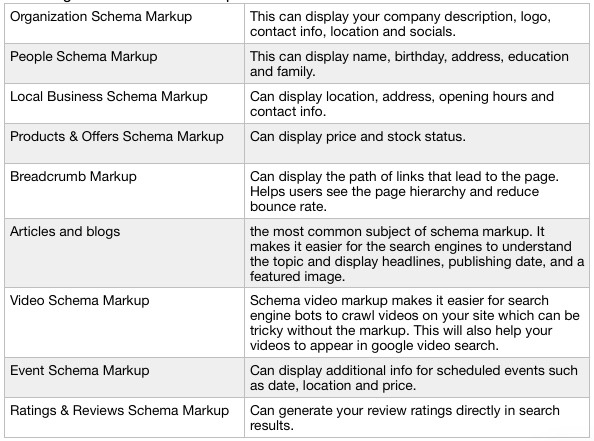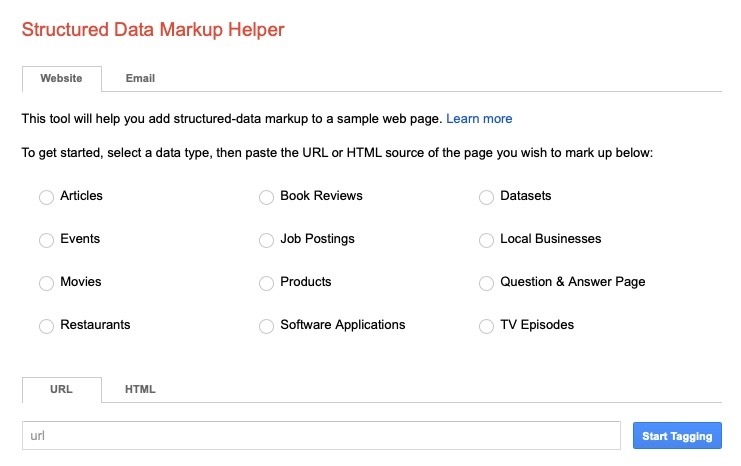
Why Your Site Needs Structured Data
Structured data (or, Schema markup) is used to communicate your products and services and other website content to search engines so that they can better understand what you offer and simplify that information to those searching for you. One of the ways structured data easily displays this information is in rich snippets, or featured cards in universal search results.
In the image below, you can see what a regular search results looks like versus a rich snippet geared toward displaying a recipe.

This will draw a reader’s eye and yields more clicks in the long run, in fact it is estimated that implementing schema can lead to up to a 30% increase in click through rate to your website. In 2017, Google implemented an update that penalizes sites that have not implemented schema markup, making it crucial for your site to be audited for schema.
When to Use Schema Markup
schema.org is a helpful resource for implementing the correct structured data on your site. It offers tips on how to embed schema and what types might be beneficial to your industry. Here are some applications of schema that Google recommends:

Schema Markup Encoding
There are three types of schema encoding: JSON-LD, Microdata and RDFa. If these look like gibberish to you, don’t worry — you don’t actually need to know code in order to improve your website’s ranking.
RDFa and Microdata are an older way to write schema. These methods define attributes that are added to the existing HTML elements. JSON-LD is a syntax that is added to a script element and is used as a data block separately from your existing markup.
The main difference between the methods is that Microdata/RDFa is integrated within the HTML of your page, while JSON-LD uses a javascript to insert all of the structured data into the head of a page. JSON-LD is generally easier and cleaner to implement. This method uses “@context” and “@type” attributes to specify the vocabulary from schema.org.
How to Implement Schema
There are a number of tools available to help you implement this data, the Google Structured Data Markup Helper is one of the most popular and super easy to use.
Google Structure Data Markup Helper steps:
- Choose the type of data you want to markup.
- Add the URL of the page you plan to markup.
- Select the elements on the page to be marked up.
- Add the created markup to your page.
Use the Google Structured Data Testing Tool to make sure your markup has been implemented correctly.

Other Schema Markup Generators
Other Schema Analysis Tools
Start Structuring Your Website’s Data
Structured data, or Schema, is one of the many components that will allow your website to be easily found in search engines so it will be highly visible to your customers. If all of this sounds confusing, don’t worry — we’d be happy to help you, providing a website audit to see what content on your site should be marked up to help your business grow online. If you have any questions, give us a call and our digital marketing team can offer their expertise.
